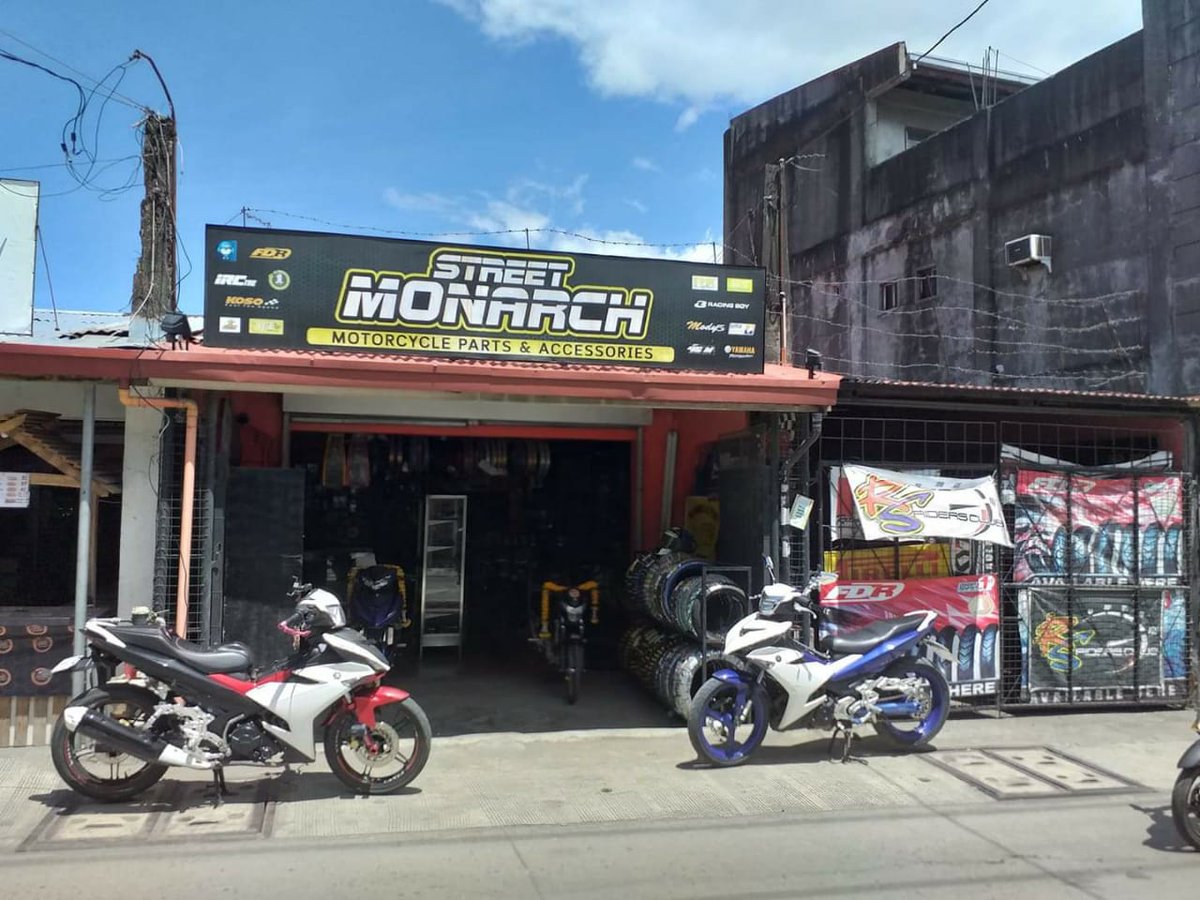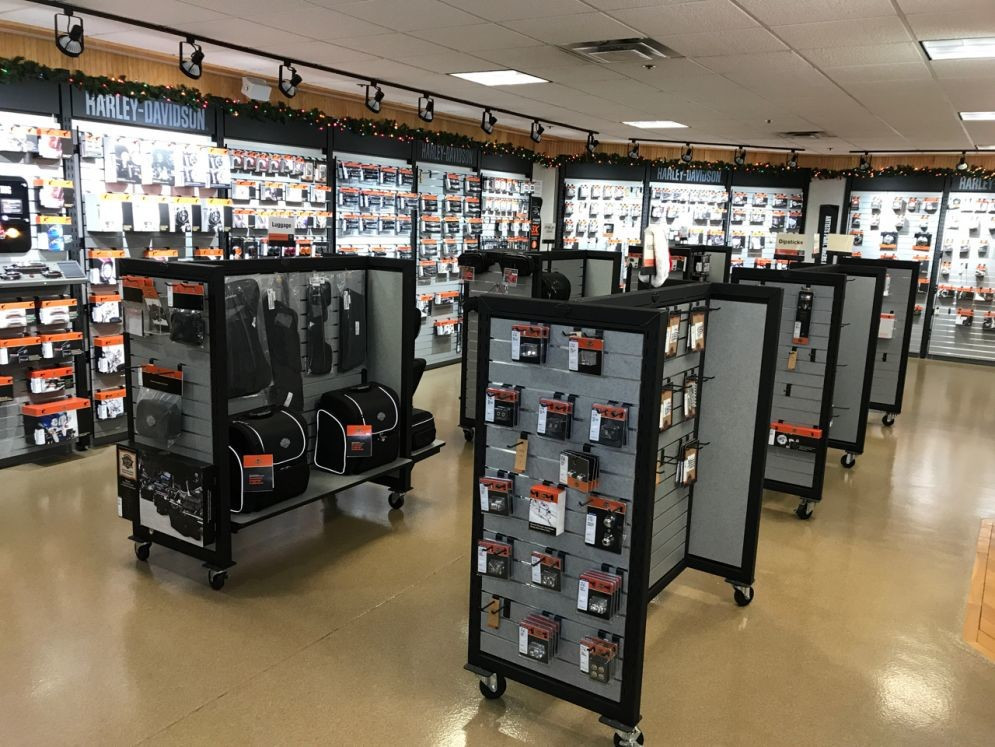Understanding Motorcycle Gears: How to Optimize Your Riding Experience
In the world of motorcycling, understanding the art of equipment manipulation is important for boosting your riding efficiency. Effectively recognizing and using motorbike gears can significantly affect gas, acceleration, and control efficiency, transforming a typical experience into a seamless, exciting journey. By integrating precise shift timing and adapting equipment choice to different road conditions, motorcyclists can ensure optimal engine performance and security. The nuances of clutch control, throttle sychronisation, and gear mechanics bid a much deeper exploration, guaranteeing to unlock the full possibility of your equipment. Just how can these methods be harnessed to truly enhance your riding experience?
Recognizing Equipment Mechanics
At the core of motorbike characteristics, gear auto mechanics play a critical duty in converting engine power right into motion, inevitably dictating rate and control. The gear proportions, thoroughly made, identify the partnership between engine changes and wheel turns, affecting velocity and fuel performance.
Comprehending equipment auto mechanics starts with acknowledging the significance of the transmission, which houses numerous gears of differing dimensions. These gears engage through a process known as meshing, where teeth of different equipments engage to transfer power. The accuracy of this communication is vital; any kind of misalignment or damage can bring about inefficient power transfer, impeding efficiency. Additionally, the plan and dimension of equipments influence the motorbike's ability to deal with various lots and speeds.
Moreover, the idea of gear moving is important to making best use of efficiency. Smooth and prompt changes ensure that the engine operates within its optimum power band, preventing unnecessary strain and enhancing longevity (motorcycle parts nz). By comprehending these mechanical complexities, bikers can accomplish a harmonious blend of control, power, and performance, raising their riding experience
Timing Your Shifts
Shift timing proficiency is crucial for maximizing bike performance and enhancing the riding experience. Properly timed changes make certain that the engine runs within its optimal power band, which is essential for maintaining control, attaining smooth acceleration, and guaranteeing the durability of the motorbike. Bikers should establish an user-friendly sense of when to change equipments, which involves understanding the partnership between engine revolutions per min (RPM) and speed.
To understand shift timing, pay attention to the engine's audio and feel, as these provide vital ideas about when to transform gears. When the engine approaches the upper array of its power band without reaching the redline, the optimal change factor normally takes place - moto parts nz. Moving too early can result in a lack of power, while changing also late may trigger unneeded engine stress
Additionally, road conditions and riding design influence change timing. In comparison, throughout highway riding, less changes at higher speeds can be a lot more ideal.
Enhancing Fuel Efficiency
While understanding motorbike equipments is essential for performance, improving fuel efficiency is equally essential for both economic and environmental factors. Ideal fuel intake not only minimizes operational expenses however additionally minimizes the environmental footprint of riding. To accomplish this, one should comprehend the detailed partnership in between equipment option and engine efficiency.
To start with, picking the appropriate equipment at ideal speeds can substantially influence gas usage. Riding in a greater gear at lower rates can lead to engine lugging, which is detrimental to both gas economic situation and engine health. On the other hand, riding in lower equipments at high rates causes unneeded gas consumption. Hence, preserving an optimum balance by moving gears in placement with road conditions and prepared for maneuvers is crucial.
Additionally, normal maintenance plays a pivotal function in fuel performance. Making certain that the motorbike is well-tuned, with tidy air filters and correctly pumped up tires, can reduce and boost the rules of aerodynamics gas wastage. In addition, taking on a riding style that accepts gradual acceleration and smooth deceleration can contribute to far better fuel economic situation.

Strategies for Smooth Transitions
Achieving smooth equipment changes is fundamental to improving the riding experience and making certain the long life of a motorcycle's transmission system. Correct gear shifting not only adds to a smooth adventure but also lessens deterioration on the mechanical elements. To understand the art of smooth transitions, motorcyclists have to concentrate on a few essential methods.

Second of all, clutch control plays a critical duty. Involving and disengaging the clutch efficiently calls for technique. The clutch bar ought to be launched progressively, enabling a seamless transfer of power from the engine to the wheels without causing a shock or abrupt movement.

Adjusting to Roadway Problems
Navigating diverse road conditions is a critical ability for any motorcyclist aiming to maintain control and security. Whether you're riding on damp surfaces, crushed rock index roads, or browsing doglegs, your capacity to adapt your gear use and riding method is paramount. Recognizing just how to change your gears suitably can dramatically influence traction and stability, making sure a safer journey.
On damp roadways, it is suggested to preserve higher gears to minimize torque and minimize wheel spin. This strategy helps preserve grip on slippery surfaces, allowing for smoother acceleration and slowdown. On the other hand, when riding on crushed rock or irregular surface, reduced equipments are better. Lower gears give much better control and allow you to respond more promptly to unanticipated adjustments in the roadway surface.
Sharp curves demand specific gear management to stabilize rate and control. Downshifting before getting in a curve can aid maintain momentum while ensuring the motorcycle remains stable throughout the turn. Constant method in diverse problems boosts your ability to predict and respond to changes in roadway appearance and slope.
Final Thought
Grasping motorbike gears dramatically improves the riding experience by enhancing velocity, fuel, and control efficiency. Adjusting equipment selection to numerous road problems, such as utilizing higher equipments on wet surface areas and lower equipments on gravel, more improves handling and article source safety and security.
Recognizing gear technicians begins with identifying the relevance of the transmission, which houses several equipments of varying dimensions. These gears connect with a procedure known as meshing, where teeth of various gears involve to transmit power (moto parts nz). Mild changes to the throttle during equipment shifts can avoid jerky activities and preserve a consistent riding speed
Whether you're riding on damp surfaces, gravel roadways, or browsing sharp turns, your ability to adjust your equipment usage and riding method is extremely important. Adapting gear choice to numerous road conditions, such as making use of greater gears on wet surface areas and reduced equipments on gravel, additional boosts handling and safety and security.